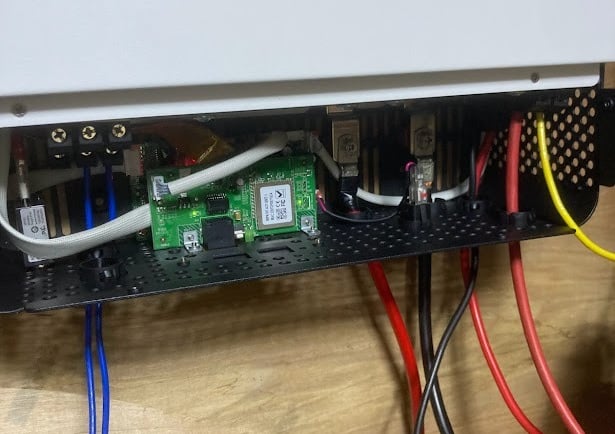Determining the size of the solar energy system for our household involves several factors. First, we need to consider our energy consumption, which can be calculated by reviewing past utility bills. This will give us an idea of how much electricity we use on average. Additionally, we should assess the amount of available roof space or land suitable for solar panels installation. The location of our house is also crucial as it determines the amount of sunlight received throughout the year. Factors such as shade from nearby trees or buildings should be taken into account. It is also recommended to consult with a solar energy professional who can conduct an on-site evaluation and provide personalized recommendations. By considering all these factors, we can determine the appropriate size of the solar energy system that will meet our household's needs.
Another area to look into is the type of solar energy system that we need to install. As mentioned in our previous articles, solar energy comes basically in two types: grid-tie, where the system is connected to the grid; and off-grid, where the system is not connected to the grid and would require a battery to store the excess energy production.
When deciding between a grid tie system or an off-grid system, there are several factors that should be taken into consideration. Firstly, the availability and reliability of the grid supply in your area is important. If the grid supply is consistent and you rarely experience power outages, a grid tie system could be a suitable choice as it allows you to feed excess energy back into the grid and potentially earn credits. On the other hand, if you live in a remote location with limited or unreliable grid access, an off-grid system might be more suitable. This allows you to be self-sufficient and rely solely on renewable energy sources such as solar panels or wind turbines. Additionally, the upfront costs and maintenance requirements should also be considered when making your decision.
Do we also need to determine our daytime and night time use? Yes, it is crucial to consider daytime and night time use when designing a solar energy system. During the daytime, solar panels capture and convert sunlight into electricity, meeting the energy demands of the system and potentially generating excess energy. This surplus energy can be stored in batteries or fed back into the grid. However, at night, when sunlight is unavailable, the system cannot generate electricity. Therefore, it is essential to incorporate energy storage solutions, such as batteries, to ensure a continuous power supply during night time. By understanding the energy requirements throughout the day, we can size the solar panels and storage capacity appropriately, ensuring efficient utilization of renewable energy and a reliable power supply round the clock. Therefore, considering both daytime and night time use is crucial for an effective and sustainable solar energy system.


